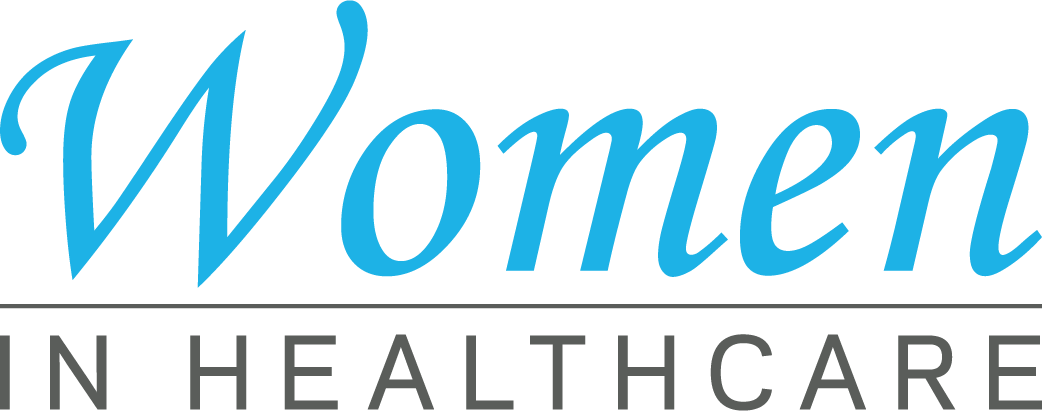Just How to Apply Healthcare RCM for a Smooth Earnings Cycle
Just How to Apply Healthcare RCM for a Smooth Earnings Cycle
Blog Article
A Comprehensive Overview on How Health Care RCM Functions to Improve Billing and Collections
Browsing the intricacies of medical care revenue cycle management (RCM) is important for providers intending to boost their billing and collections processes. The guide unpacks the ins and outs of RCM, from individual registration to accounts receivable administration, providing insights right into maximizing each step.
Comprehending Revenue Cycle Monitoring
RCM is an important administrative function that incorporates the whole monetary procedure of client treatment, from the initial visit establishing to the last payment of the equilibrium. It is a complex procedure created to recognize, collect, and handle the earnings from the services given to people.
The RCM process begins when a person routines an appointment and extends with the client's treatment trip, consisting of billing and collections. A key objective is to decrease the time in between getting and offering a solution settlement, therefore boosting the organization's economic health and wellness. RCM entails different features such as client enrollment, insurance verification, cost capture, coding, asserts submission, repayment publishing, and taking care of rejections and allures.
Secret Components of RCM
In the realm of Profits Cycle Monitoring (RCM), understanding its crucial elements is essential to accomplishing monetary effectiveness within healthcare organizations. RCM is a detailed procedure that incorporates various stages, each essential to guaranteeing efficient billing and collections. The main parts include client registration, insurance policy confirmation, cost capture, coding, claim entry, settlement posting, and accounts receivable monitoring.


As soon as coded, claims are sent to payers, where precision is vital to avoid hold-ups or rejections - Healthcare RCM. Repayment publishing entails tape-recording the received payments, which enables the settlement of accounts. Finally, balance dues monitoring concentrates on monitoring and dealing with unsettled insurance claims, making sure prompt follow-up and resolution
Each element of RCM is adjoined, and ineffectiveness in any type of part can interfere with the whole cycle. Therefore, mastering these elements is necessary for medical care companies to enhance earnings and improve their monetary health and wellness.
Methods for Effective Invoicing

Standardizing billing procedures throughout the company is an additional crucial method. Establishing clear standards for documents, coding, and entry assists preserve consistency and compliance with governing requirements. Training personnel routinely on these procedures guarantees everyone is current with the latest adjustments in payment codes and payer plans.
Accurate charge capture is necessary in avoiding revenue leak. Applying routine audits and monitoring systems enables the recognition and adjustment of discrepancies prior to they influence earnings. Furthermore, maintaining open lines of interaction with payers helps to promptly solve any disputes or misconceptions that may emerge.

Finally, interesting individuals early in the payment procedure by providing clear quotes and academic materials about their monetary obligations can dramatically lower confusion and enhance repayment timeliness. These techniques collectively contribute to an extra effective and monetarily healthy billing system.
Enhancing Collections Processes
Provided the intricacies of clinical payment and the selection of payer requirements, improving the collections procedure includes implementing tactical procedures that make certain timely and precise payment of services rendered. Automation tools can assist in tracking claim conditions, sending timely suggestions to patients, and managing denials extra successfully.
Transparent and clear individual interactions are important. Offering thorough descriptions of costs and providing adaptable repayment plans can increase individual complete satisfaction and punctual payments.
Regular audits of the collections procedure must be conducted to determine areas for renovation and make sure conformity with laws. By evaluating data, health care organizations can identify trends, prepare for possible concerns, and adapt strategies appropriately (Healthcare RCM). Ultimately, a well-enhanced collections procedure not only sustains economic health yet additionally contributes to an extra seamless experience for clients and team alike
Optimizing Income Streams
Structure upon the structure of a strong collections procedure, healthcare organizations can additionally bolster their monetary stability by tactically maximizing profits streams. This includes a multi-faceted strategy, beginning with a thorough evaluation of existing profits resources to identify inadequacies and locations for development. Using advanced data analytics tools enables companies to gain insights into payer mix, client demographics, and solution utilization patterns, enabling data-driven decisions that improve earnings capture.
Carrying out automated invoicing systems can dramatically reduce mistakes and accelerate claims refining, making sure that income is collected much more successfully. Furthermore, maximizing payer contracts via normal arrangements can boost compensation prices and terms, directly impacting the lower line. Expanding solution official website offerings, such as click resources incorporating telehealth or health care, can also attract a wider individual base, hence raising profits capacity.
Another essential part is improving client engagement and contentment, as completely satisfied individuals are a lot more likely to stick to therapy plans and make timely settlements. Using versatile payment alternatives and clear billing practices can boost collections and foster client loyalty. Healthcare RCM. By taking on these methods, health care organizations can produce a more durable economic structure, ensuring continual growth and stability in an ever-changing sector landscape
Final Thought
Finally, health care Revenue Cycle Monitoring (RCM) plays a vital function in maximizing invoicing and collections processes by integrating key elements such as client enrollment, insurance coverage confirmation, fee capture, coding, declares submission, and receivable management. By utilizing innovative innovation, systematizing procedures, and cultivating client involvement, healthcare providers can considerably reduce insurance claim rejections, accelerate settlement cycles, and improve cash flow. This detailed strategy to RCM ultimately leads to boosted financial effectiveness and sustainability for medical care organizations.
The RCM procedure starts when a patient schedules an appointment and prolongs with the person's care trip, consisting of invoicing and collections.One more essential component is boosting individual engagement and complete satisfaction, as completely satisfied patients are more likely to adhere to treatment strategies and make prompt settlements. Providing adaptable settlement alternatives and clear billing methods can enhance collections and foster individual commitment.In final thought, medical care Revenue Cycle Management (RCM) plays her comment is here a crucial duty in optimizing billing and collections processes by integrating key elements such as person enrollment, insurance policy verification, charge capture, coding, declares submission, and accounts receivable management. By employing innovative innovation, systematizing procedures, and cultivating person interaction, medical care providers can substantially minimize claim denials, speed up repayment cycles, and improve cash circulation.
Report this page